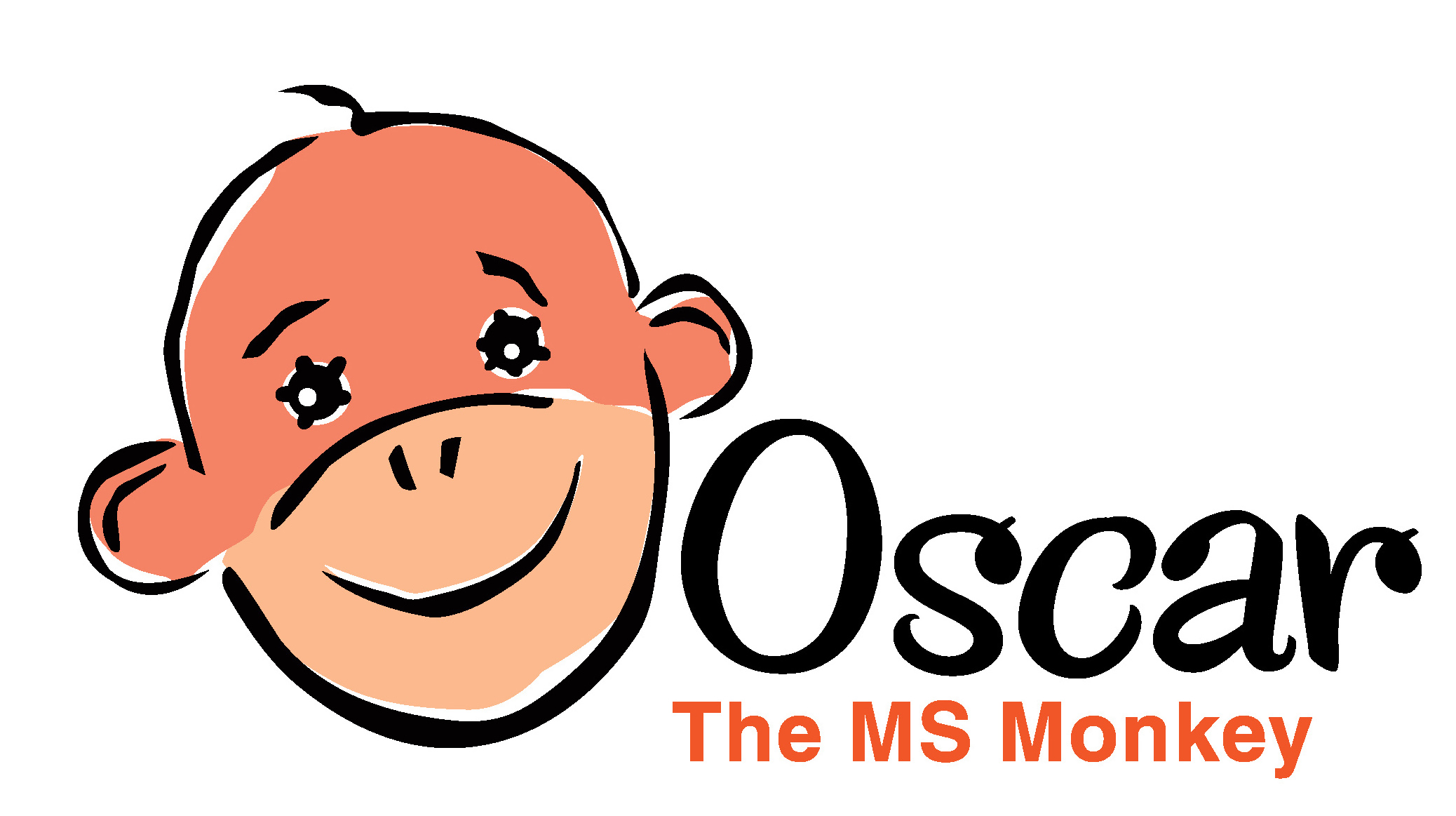You’d think that people with multiple sclerosis or another disability would have easy access to healthcare services. That’s not always so. A small study in the journal Health Affairs that I wrote about last year said many physicians “expressed explicit bias toward people with disabilities and described strategies for discharging them from their practices.”
Now, at the urging of people with disabilities and others, the U.S. National Institutes of Health has taken a step to change that. The NIH recently designated people with disabilities as a “population with health disparities.” That means NIH is putting its money behind efforts to improve access to healthcare for people with MS and other debilitating diseases or conditions.
To accomplish this effort, it’s put out a call for research projects that will look for innovative approaches to address the impact that living with a disability has on healthcare access and treatment outcomes.
According to Acting NIH Director Lawrence Tabak, “this designation marks an important step in an agency-wide effort to advance health equity for people with disabilities, which also includes updating the NIH mission statement to accurately reflect our goal of turning scientific discoveries into better health for all, including people with disabilities.”
Looking for disability deeds, not just words
I’m concerned that this new NIH designation will be just another way to talk the talk without walking the walk. I suspect that a lot of words will be written and dollars will be spent without having a real impact on you or me.
So what can really be done about this problem? I looked for solutions via Google.
The Bloomberg School of Public Health at Johns Hopkins University in Baltimore has a whole center devoted to this effort: the Hopkins Center for Health Disparities Solutions, which combines the resources of the Bloomberg School with the schools of medicine and nursing to work on solutions. This approach seems to be an excellent way to address the problem, yet the center’s mission statement reads in part: “to reduce racial/ethnic and social class disparities in health status and healthcare.” It makes no mention of disabilities.
You can take an online course in Leadership Development to Advance Equity in Healthcare from the T.H. Chan School of Public Health at Harvard University. But its course description doesn’t mention disability as a healthcare disparity.
The State of Maryland created a Commission on Health Equity two years ago. It seems to be focused only on health disparity based on race or social class.
The American Public Health Association came close to what I was looking for with this general statement: “We believe in conditions that give everyone the opportunity to reach their best health. This requires valuing all individuals and populations equally. It means addressing inequities in the places where people are born, grow, live, work, learn, and age.” But the statement doesn’t quite get there for me.
So maybe the recent NIH designation of people with disabilities as a “population with health disparities” is the best we can expect right now.
(A version of this post first appeared as my column on the MS News Today website.)



